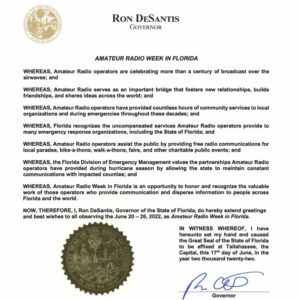Pet care service is a convenient and reliable way to provide your pet with the care and attention they need while you are away. Whether you need a pet sitter for a few hours, a few days, or a few weeks, pet care service can help your pet feel happy and comfortable in their own home.
However, pet care service is not just a one-time arrangement. It is a partnership between you, your pet, and your pet sitter. To make the most of your pet care service, here are some tips and tricks to follow:
• Prepare your home and your pet for the service. Before the service begins, you should make sure that your home and your pet are ready for the service. You should clean up your home, dispose of any trash, and secure any valuables or hazards. You should also provide enough food, water, treats, toys, bedding, and litter for your pet. You should also make sure that your pet is healthy, vaccinated, groomed, and wearing a collar and tag. You should also inform your pet sitter of any special instructions or preferences for your pet, such as their routine, diet, exercise, medication, or behavior. Learn what causes bad breath in dogs.
• Communicate with your pet sitter regularly and promptly. During the service, you should communicate with your pet sitter frequently and promptly to receive updates, photos, or videos of your pet. You should also provide feedback or make changes to the service if needed. You should also be available for any emergencies or issues that may arise. You should also thank your pet sitter for their service and pay them on time.
• Evaluate the service and the satisfaction of your pet. After the service ends, you should evaluate the performance of the service and the satisfaction of your pet. You should check your home and your pet for any signs of damage, injury, or stress. You should also ask your pet sitter for a report or a review of the service. You should also share your experience and opinion with other potential clients by leaving a rating or a testimonial for the service.
• Maintain a good relationship with your pet sitter. After the service ends, you should maintain a good relationship with your pet sitter. You should keep in touch with them and show appreciation for their work. You should also consider hiring them again for future services or referring them to your friends or family.
Pet care service is more than just a pet sitting service. It is a comprehensive and caring service that helps pets feel happy and comfortable while their owners are away. By following these tips and tricks, you can make the most of your pet care service and enjoy the benefits of a clean and safe home, while receiving the care and attention you deserve. Contact us today and let us take care of the rest.






